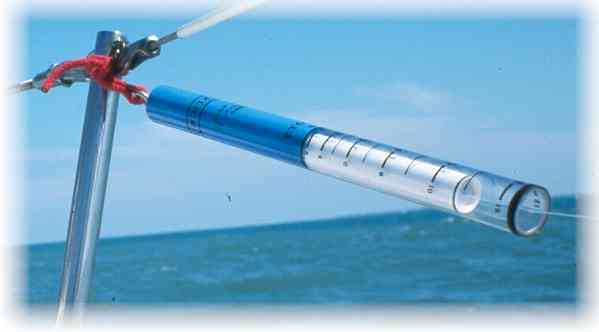Do any of you have your GPS heading and speed hooked up to a chart plotter? if so, have you noticed in a heavy sea, with the boat rocking and pitching that the heading predictor and speed are often varying by 10 degrees, and half a knot? This is because of the damping not being set low enough (or high enough, depending upon brand)
The instantaneous readings sacrifice accuracy over the long run. When viewed from another plotter, that is reading ais (gps derived) data, it is quite obvious who has their GPS set up practically, and who does not.
However, the issue of whether or not there is current (throwing off speed calculations) is a red herring. The speed can be determined practically, using gps, and observing passage of buoys, pots, etc along the way. It does not have to be done all the time, but once in a while to confirm (among other things) barnacle growth on running gear, slimed hull, or (in my case) a base line on a recently purchased vessel. If you do live in a place that has rotary current, then move to a different side of the bay, or passage. it is rare that the current is completely vague all over a body of water.
The mention of current tables being inaccurate is correct. However, in the use to determine where one is in the current cycle, (for instance) in the middle two hours, or the last hour, or the first hour helps confirm the general direction of the current to be anticipated. It is not the amount of current found, but the difference between anticipated speed, and actual, averaged out over the entire trip. running one direction for 15 minutes, and reciprocal for 10 minutes is far more accurate than just running a mile long mark, and guessing what the current was doing.
Every GPS has an amazing tool built in. When you run North and South the number of degrees of Lat are pretty easy to compare for DST calculations. and they even come out to the 3rd decimal place! Unfortunately this wouldn't work so well for an east /west current though. This is one of the great things about our boats. There's as many ways to skin a cat, it makes the mind busy just thinking about it.





